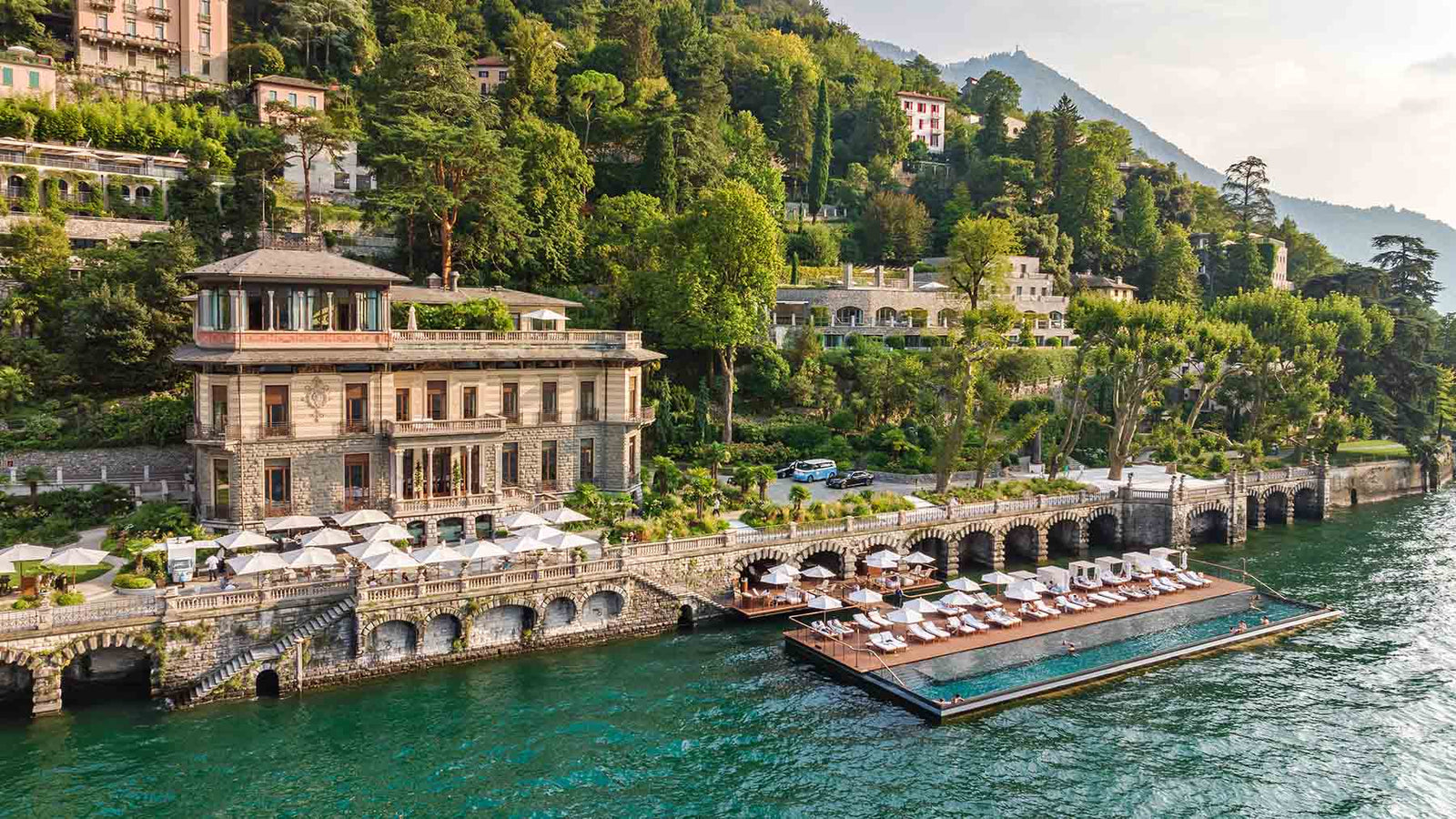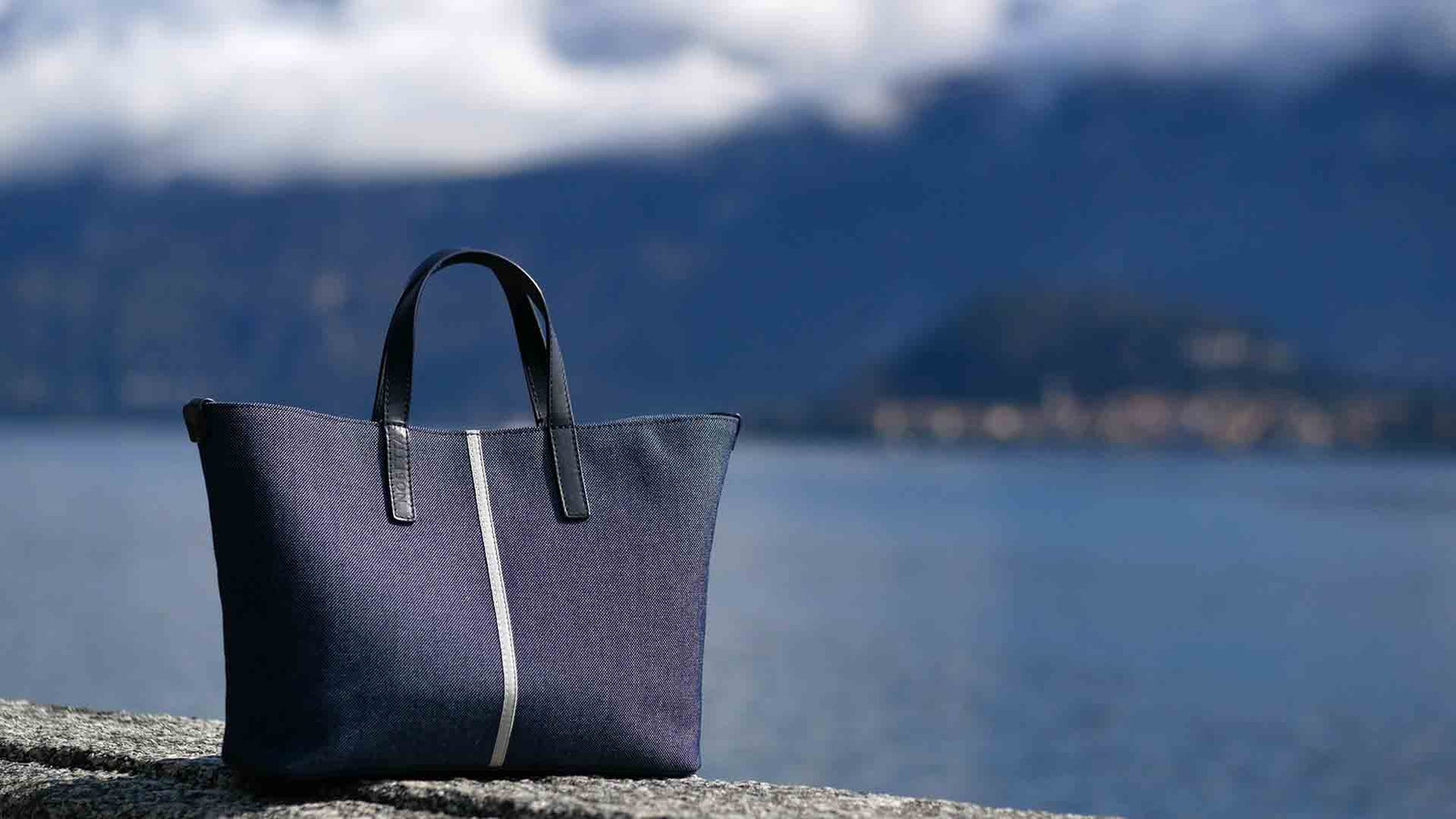Your Cart is Empty
Free EU Shipping · US Flat Rate $40
Minimalism is the consequence of a world that wanted too much and soon found itself oppressed by that too much. And then every sector felt the need to free itself from excesses. A current that initially started as an artistic movement and which quickly spread to become a real lifestyle.
ART
The word "minimalism" was used for the first time in 1913 to describe the geometric composition of the Russian painter Kazimir Malevich, but the movement spread to the United States in the late 1960s, as opposed to the artistic current of Abstract Expressionism.

Kazmir Malevich, “Black Square”
The main exponents are Donald Judd, Sol LeWitt and Frank Stella, who characterize their works by a process of reduction of reality, by non-expressiveness, by impersonality and by the extreme simplicity of form.
It uses neutral colors, simple and precise geometric shapes and materials of modern industrial technology. The favorite colors of this style are black and white.

Frank Stella, 1967
ARCHITECTURE
It soon spread also in the field of architecture, with the German Mies van Der Rohe, who through his manifesto "Less is More" overturns the ideal of apparent complexity of a project, defining that the best result is guaranteed when it is produced. an essential design suitable for its functions.

Mies van Der Rohe – Barcelona Pavilion, 1929
A MASTERPIECE OF MINIMALISM IN COMO
The Casa del Fascio is a building located in Como, and is the work of the rationalist architect Giuseppe Terragni. It is considered the absolute masterpiece of Italian rationalism, an architectural current that developed in Italy between 1920 and 1930. The main elements are simple, rational, essential lines which correspond to maximum functionality. Industrial objects, characterized by standardization and reproducibility.

Casa del Fascio – Giuseppe Terragni, 1932-1936
FASHION
Minimalism in fashion spreads in the late 1980s, with the rise of avant-garde Japanese designers such as Rei Kawakubo and Yohji Yamamoto. Fresh from a decade of opulence, fashion is reduced to sharp and precise cut lines, neutral shades (especially black and white), precious and experimental fabrics and an extremely stylized silhouette. The garments were born to last over time, and to combat the waste and abundance that characterized the previous decades.
In the nineties, minimalist fashion reached its peak, together with the heroin chic aesthetic. The major exponents are Martin Margiela, Jil Sander, Helmut Lang, Calvin Klein, Ann Demeulemeester and Miuccia Prada.

Minimalism in fashion during the 90s
LIFESTYLE
Minimalism is also a way of life. In recent years, thanks to the success of the international best-seller "The Life-Changing Magic of Tidying Up" by Japanese Marie Kondo, this philosophy is spreading more and more, as opposed to the extreme consumerism of our society.
From 2009 onwards, also thanks to the financial crisis, minimalism soon turned into a need, more than a fashion. In the past there was a time when the shared thought came that "a lot, great and more is beautiful".
But the reality is that having more is not always a symptom of well-being. Often the desire to possess a lot is a symptom of individual and social malaise, with further consequences.
Applying minimalism to your life means eliminating the superfluous, reducing distractions and focusing instead on what really means to yourself. Living intentionally: focusing on one's passions and the true values of life, appreciating what one has instead of looking for what society dictates.
This lifestyle is a conscious, healthy choice in favor of environmental sustainability: the less you buy, the less you produce, the less you waste. More quality, less quantity.

"Perfection is achieved not when there is nothing else to add, but when there is nothing left to take away."
Antoine de Saint-Exupéry
Certain places on Lake Como hold their secrets close. Villa La Cassinella, perched on a private peninsula near Lenno, is among the most discreet. As for its owner, speculation ranges from Richard Branson to various other names, though the villa itself maintains studied silence. Chef Alessia cooked here this summer, and she's sharing a holiday risotto recipe from those months—one that traces her journey from Como to Copenhagen's Michelin kitchens and back home.
Nestled in the historic villa of 19th-century opera legend Giuditta Pasta, Mandarin Oriental Lago di Como represents the pinnacle of Italian hospitality. The resort's breathtaking 40-meter infinity pool, designed by Herzog & De Meuron, appears to merge seamlessly with Lake Como's emerald waters. Century-old botanical gardens, Michelin-starred dining at L'ARIA, and an award-winning spa create an atmosphere of timeless elegance. In this sanctuary of authentic luxury, Nosetta's handcrafted Italian accessories find their natural home—understated pieces that complement the resort's philosophy of refined sophistication.
The small tote bag has become an essential accessory in the fashion world. Combining functionality and style, this compact bag offers enough space for an iPad, phone, and wallet without sacrificing elegance. Prestigious brands like Goyard and Marc Jacobs have elevated this accessory to a luxury icon, while Nosetta offers artisanal versions inspired by Lake Como at accessible prices. Made with high-quality materials, the small tote represents the perfect choice for those seeking a practical, elegant, and sustainable bag for everyday life.



